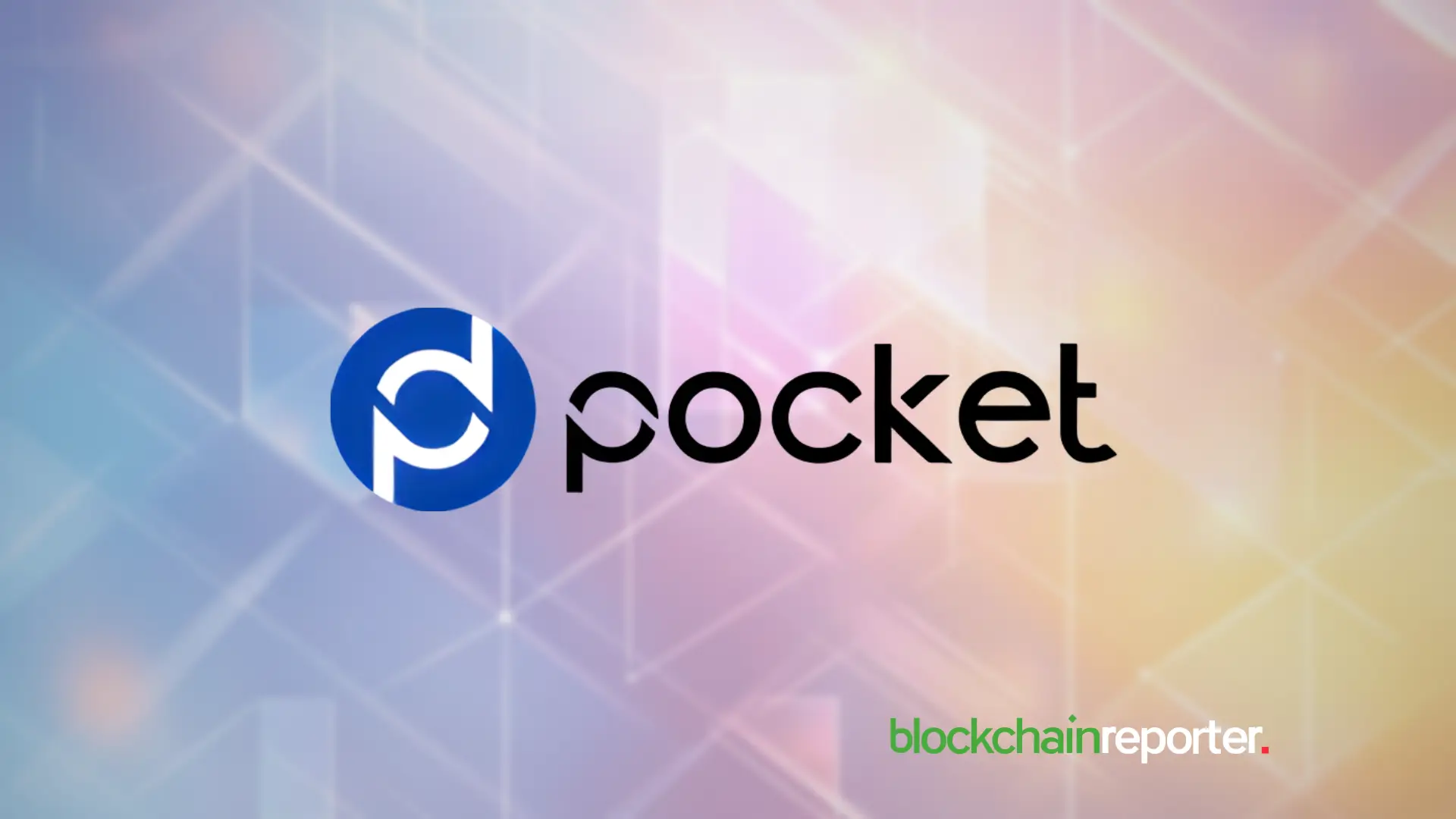
The decentralized infrastructure protocol, Pocket Network, successfully launched the Shannon upgrade on 03 June, 2025. The much-awaited Shannon’s mainnet launch marks a major technical advancement in Pocket’s roadmap, initiating a protocol-level shift in data accessibility, monetization, and coordination mechanisms.
Pocket’s Shannon update expands its services from a pure RPC provider to the first permissionless API network, enabling decentralized open data access for AI and cross-chain dapps. The Shannon upgrade is named after Claude Shannon, one of the information age’s founding fathers and an early AI proponent.
Backed by Arrington Capital, Republic Capital, RockTree Capital, and others, Pocket Network is fast approaching 1 trillion relays processed across 50+ blockchains, including Ethereum, Polygon, and Solana.
An Open-Source Infra For Emerging Digital Applications
Most web3 dapps rely on closed, centralized API solutions – much in the same way they’re usually built on centralized corporate hosting and compute. Post-Shannon, Pocket has become a real sharing economy for open data among app developers without centralized control, where anyone can provide or access data used for trading, AI model training, and other tasks requiring high quality, clean, organized data – both on and off-chain.
The Shannon update empowers builders to access open datasets without relying on a single centralized data provider, offering a scalable, decentralized alternative. As the first Open API network, Shannon makes Pocket Network the primary layer for open data markets.
The upgrade involves protocol-level payments, attractive protocol incentives for network participants, and open permissionless protocol-level coordination without requiring centralized gateways.
Shannon also equips Pocket Network with transparent and automatic quality scoring for nodes and data to maintain network integrity. It further provides accelerated support for AI apps, blockchain data, and other public data sources.
As AI rapidly shapes software and hardware development, many AI systems depend on centralized APIs and vulnerable infrastructure. At this crucial juncture, the Shannon upgrade facilitates decentralized, reliable, and censorship-resistant open data accessibility for Pocket Network participants.
Introducing A Sustainable Tokenomics Model
Post-Shannon, the Pocket Foundation is strengthening its go-to-market on this new line of business through a major rework of POKT tokenomics. By eliminating emissions, introducing usage-based burn, and adding a new line of usage on top of the sizable RPC business, POKT aims at becoming a deflationary token in short order.
This technical and tokenomics upgrade, a new KRW pair listing, and growing demand from the industry Pocket is entering have been collectively rewarding the project, and its long term holders. With hype putting POKT in the top 5 most traded digital assets for the week in Korea and a hardworking, engaged core contributor group, all eyes are on Pocket Network as it enters this growing new industry, while staying competitive in its original RPC business.
With Shannon, relay and open data consumption volume will directly determine POKT’s value, offering a utility-based model for infrastructure providers. So, Pocket will support automatic, on-chain POKT token burning to pay for relay services and prevent token inflation.
Further, Shannon will make relay pricing 30-75% cheaper than its contemporaries for those running their own Pocket node. Pocket’s new “Pay Upfront” model will radically reduce Relay service charges to just $2.50 per million Relays, setting a new pricing floor within the relay market. Moreover, Pocket Network will offer a 10-40% volume rebate to boost network activity and incentivize actors to access Pocket’s services.
The successful launch of the Shannon upgrade paves the way for the decentralized internet infrastructure stack to reach the next level of development. The post-Shannon Pocket Network is building a resilient and censorship-resistant open data layer for future-proof applications through its unstoppable open-source infrastructure.









